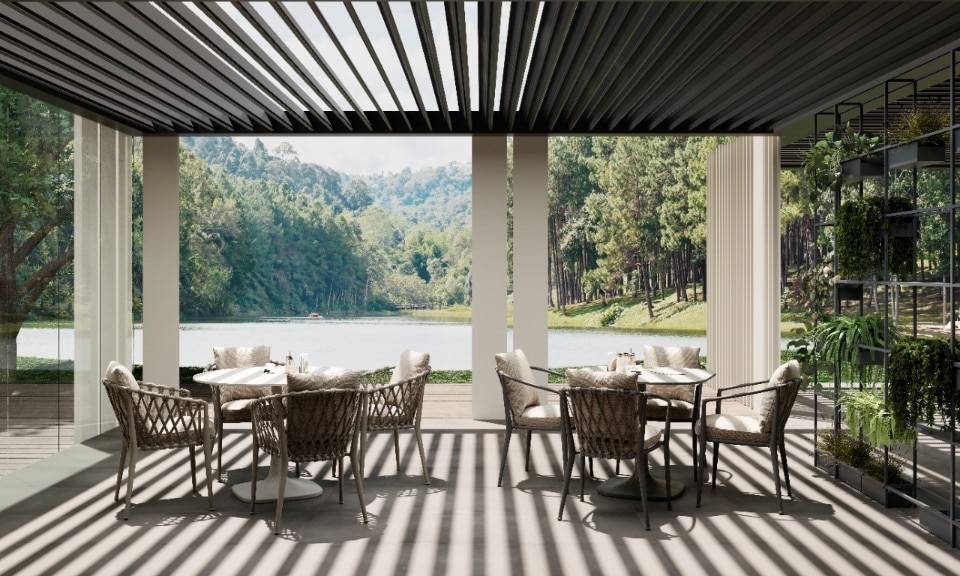'Luciferase' is no exception to this, while innovative. A collection which is above all a set of living organisms capable of surprising us by their colours, textures and demeanor. 'The root of this word is "carrier of light", explains Nacho Carbonell, and reflects the system used by flora and fauna living in abysses, in the total obscurity found at great depths. Even more than lights, I consider these pieces like light-producing creatures.'
_UPD.jpg.foto.rmedium.jpg)
After experimenting with paper, glass, leather, wood, latex and even corn, here Nacho Carbonell defies the limits of epoxy resin, 'a liquid material solidified by heat, which lets through the light from the LEDs placed inside.' These on the one hand synthetic elements (the resin) and on the other technological (the LEDs), develop into bioluminescent creatures at a sophisticated and primitive pace, in a reversal of both technical and aesthetic conventions. Only one of the fifteen pieces contains a bulb, concealed behind the resin which acts as a filter diffusing mystery.
.jpg.foto.rmedium.jpg)
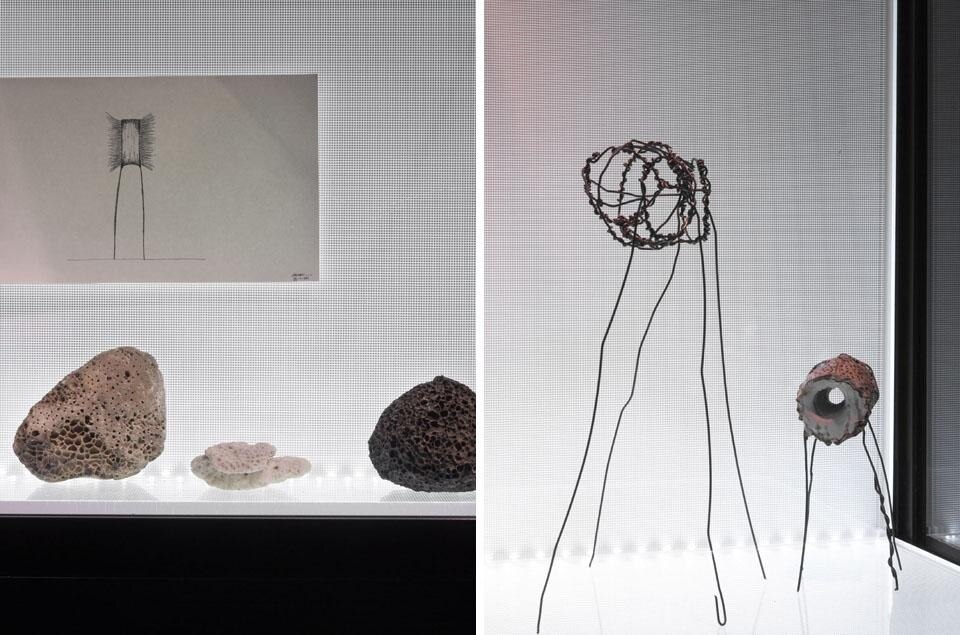
_UPD.jpg.foto.rmedium.jpg)
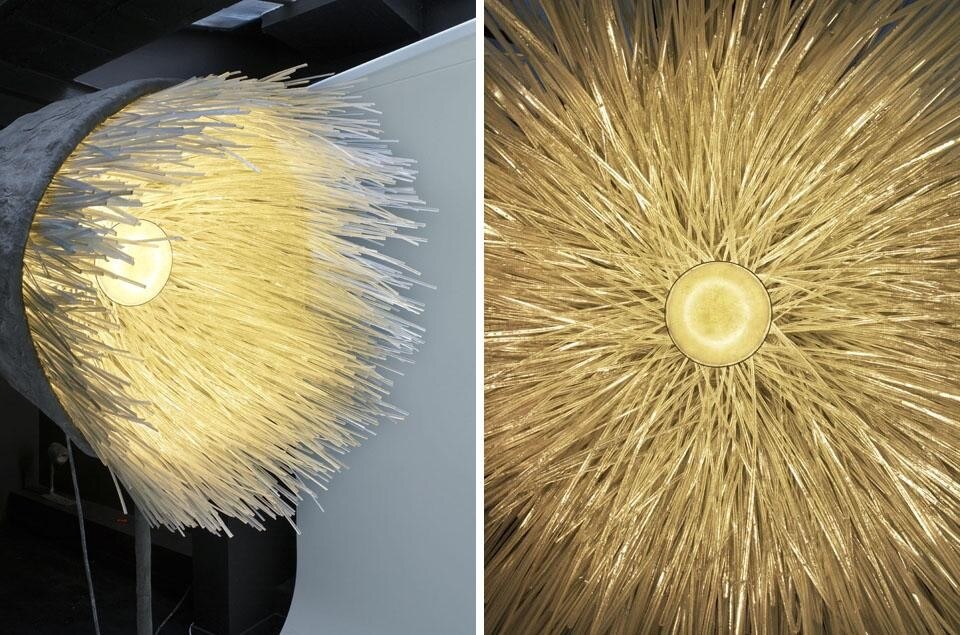
Galerie BSL
23 rue Charlot 75003 Paris
until may 14th 2011
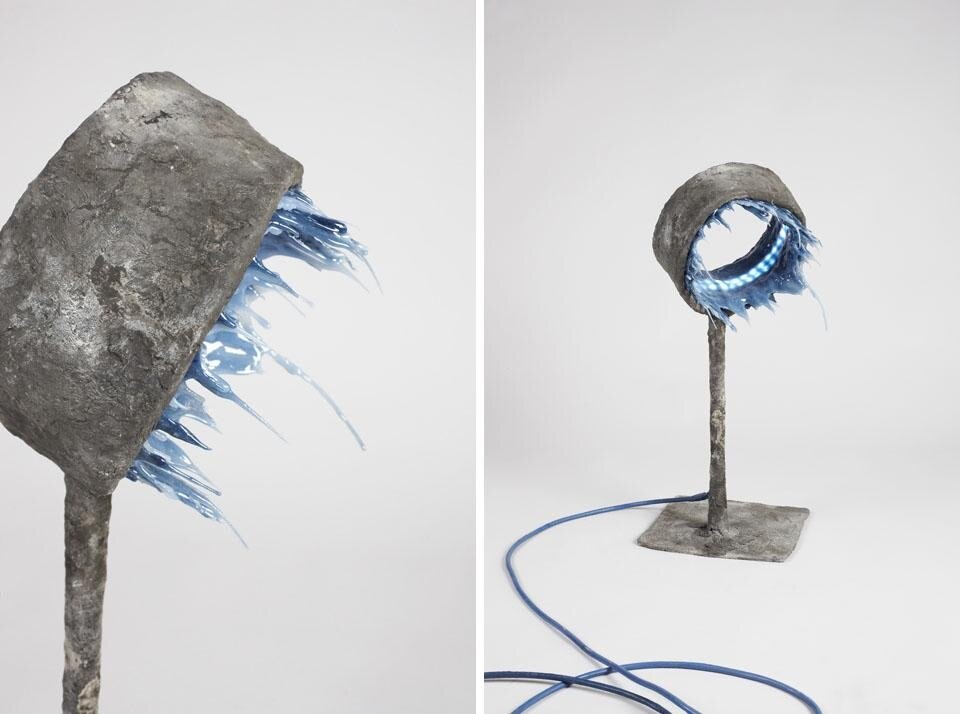
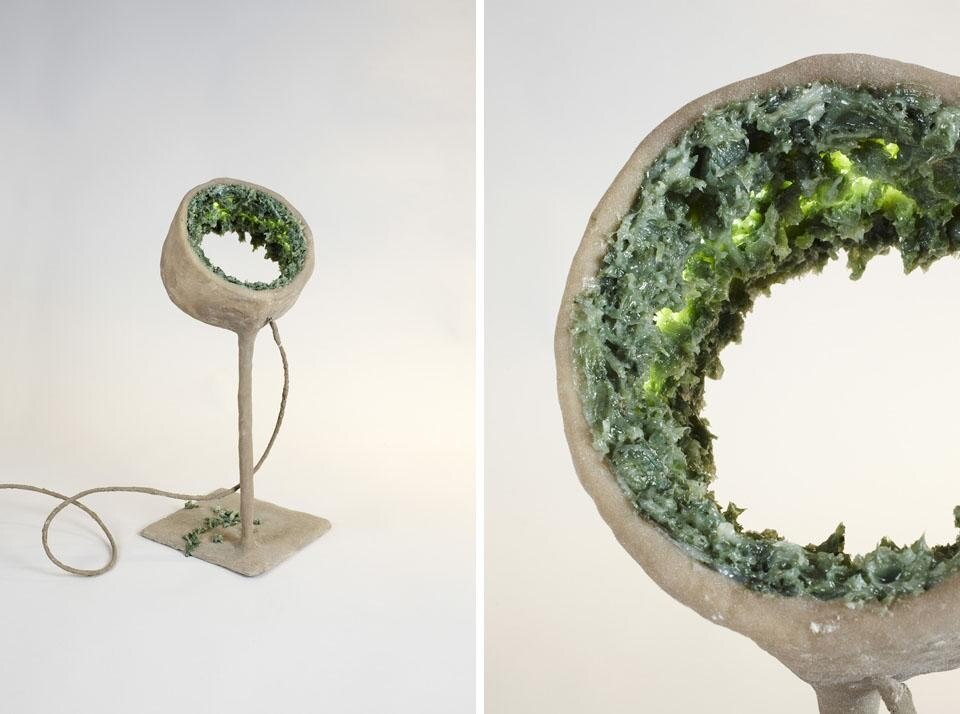
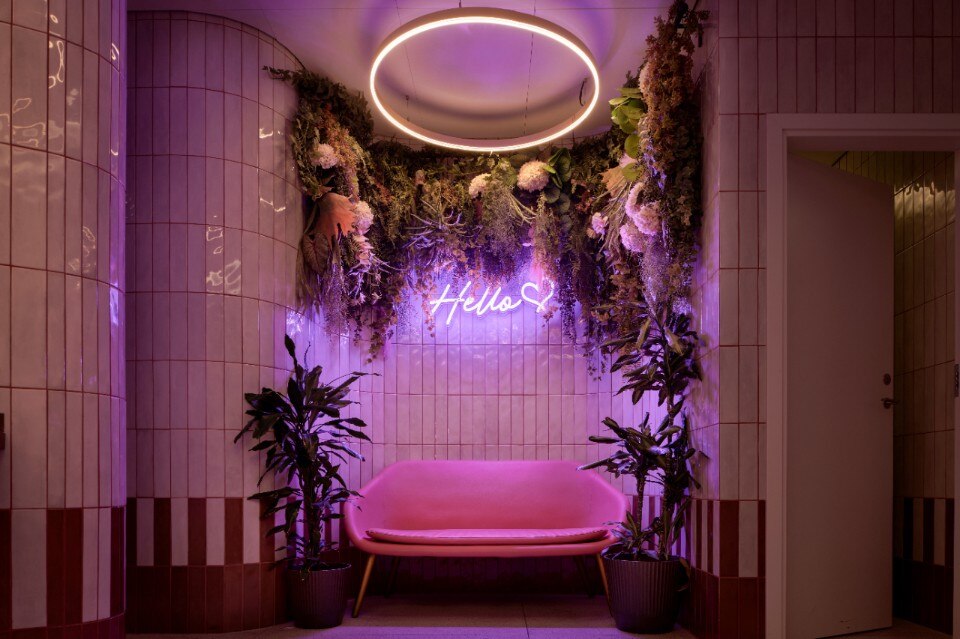
Design and ceramics renew a shopping center
FMG Fabbrica Marmi and architect Paolo Gianfrancesco, of THG Arkitektar Studio, have designed the restyling of the third floor of Reykjavik's largest shopping center. Ceramic, the central element of the project, covers floors, walls and furniture with versatile solutions and distinctive character.


_UPD1.jpg.foto.rmedium.jpg)
